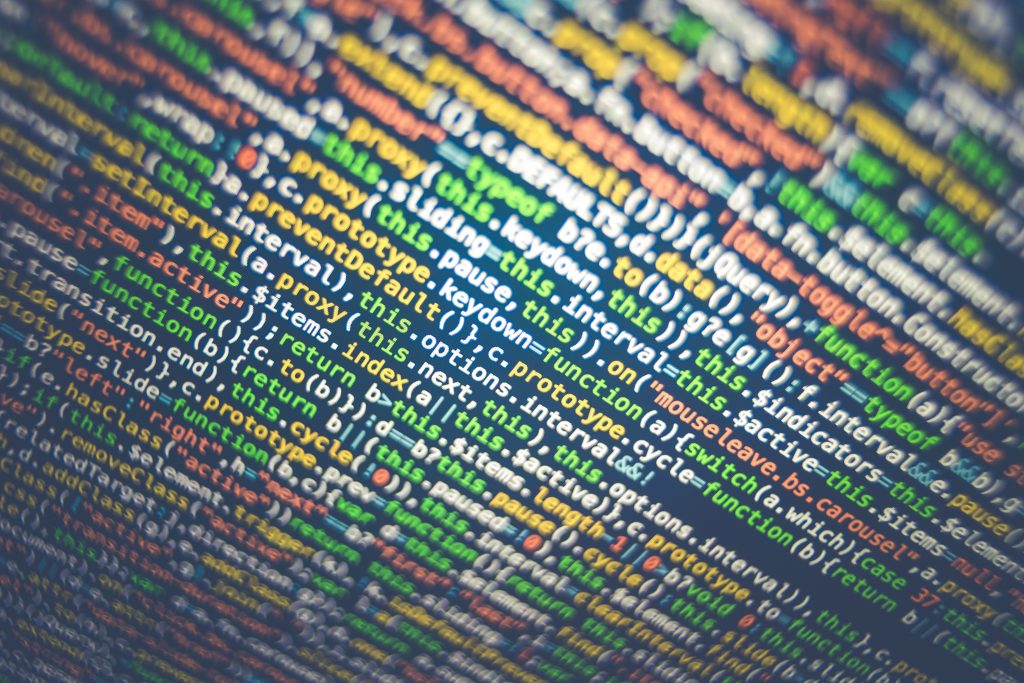With a growing population, an increase in connected devices and the rapid pace of technological development, agencies are now collecting more data than ever before. Not to mention, the sprawl of government information systems and technologies means that agencies are also generating significant amounts of information.
All that data can be extremely valuable to the way government achieves mission goals.
When analyzed effectively, this data could help agencies accomplish a wide range of strategic tasks – from understanding the performance of programs to making decisions about how those programs should be modified. Data analytics could also be used to identify and mitigate – or even prevent – cyberthreats within government networks.
And that’s just the beginning. The insights or knowledge held within data could help improve nearly every function in government.
The problem is, this potential value is not always realized. There is a wide gulf between data and knowledge, and bridging that divide can be a challenge for many agencies.
In fact, a 2018 GAO report found that, across government, managers rated their agencies’ use of performance data an average of 3.39 on a five-point scale.
That low rating isn’t surprising when you consider the barriers to effective data analytics in the public sector. Remember that government collects an astronomical amount of data from people, infrastructure, the environment and technologies. That data comes in all sorts of formats, and it’s growing exponentially in both variety and volume.
As a result, agencies end up collecting so much data that they spend a lot of effort and budget simply storing and maintaining it. That leaves fewer resources to dedicate to understanding what that data has to say.
And even when government departments can dive into their data, the sheer amount of information poses another challenge. Often, there is so much to investigate that it feels impossible to discern what is actually important and how it relates to other data in your systems.
Monitoring the constant stream of data is difficult enough. Trying to differentiate what’s important from the noise is a whole other hurdle. And it’s even harder to correlate those one-off insights to other datasets and the insights they might also hold.
So, how can government move from just maintaining data to actually analyzing it? Take our free, 10-minute course, How to Make Sense of Your Agency’s Data, to find out!
